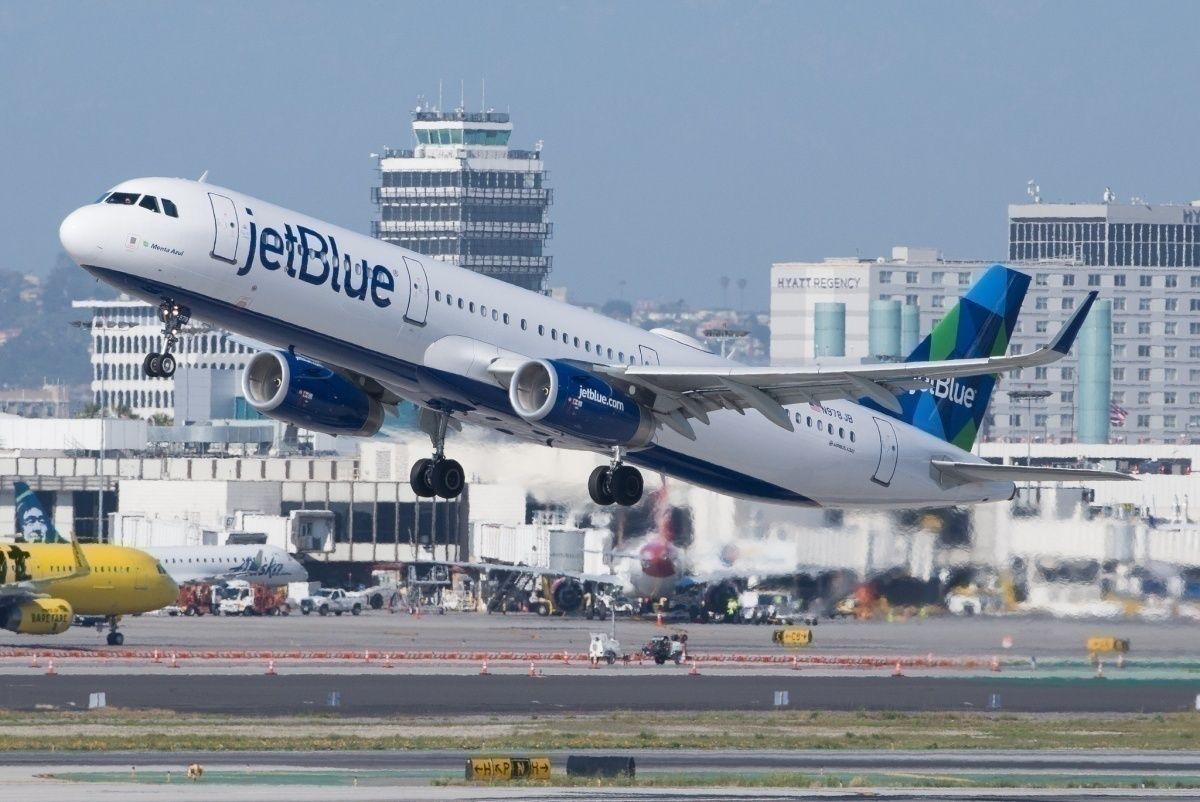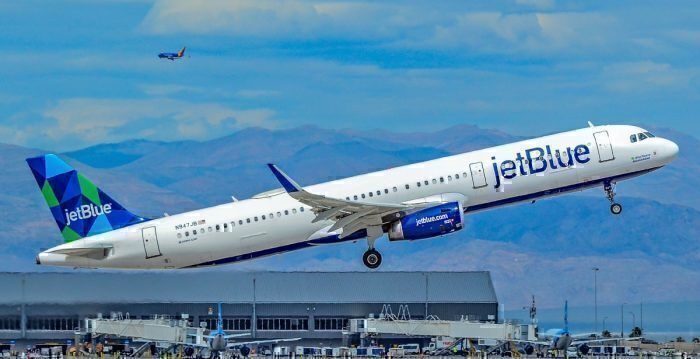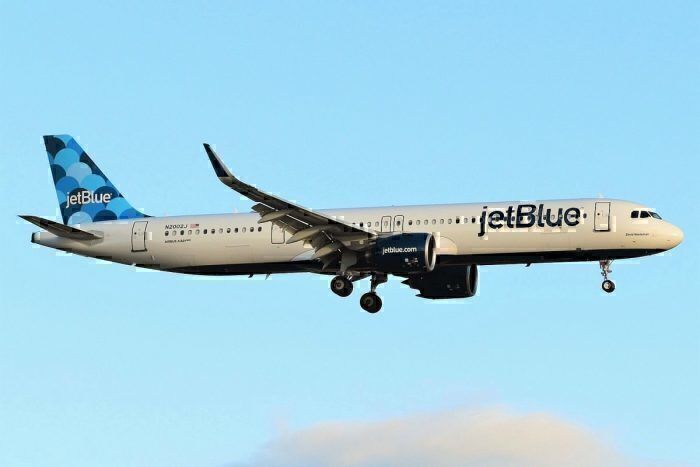Delays in the A321neo production line have forced JetBlue to seek alternative arrangements. The airline stated in an earnings call earlier this week that it would lease additional, older aircraft to manage its capacity. Despite the challenges it faces, JetBlue remains positive about its growth in 2020.
Leasing four older aircraft
In an earnings call on 23rd January 2020, JetBlue revealed that it would lease four aircraft to mitigate the effect of delays to its A321neo order. The airline now expects that only 11 A321neo will be delivered by the end of 2020, forcing it to invest in other options.
In the call, representatives from the airline said that the leasing of four A321 aircraft would help JetBlue to maintain its capacity whilst it plays the waiting game with Airbus. The President and Chief Operating Officer at JetBlue had this to share in the earnings call:
"By further controlling costs, we've...identified opportunities to mitigate potential additional aircraft delays and recently signed an agreement to lease used A321 which we expect to begin flying later this year. Our capacity guidance for 2020 assumes that only 11 of our 14 contractual Neos will be delivered by Airbus in 2020."
So what do we know about these older A321 aircraft? Unfortunately, nothing yet, only that they will be arriving at some point this year. We contacted JetBlue for more information on this but it was unavailable to provide comment at the time of publication.
However, what is clear is that the A321 aircraft won't be able to significantly help JetBlue in terms of growth. The A321-200 has a much shorter range at 5,000km compared to the A321neo's 6,850km. In addition, the NEO can sit more passengers at max capacity not to mention that all-important fuel efficiency. At this stage, however, there is little that JetBlue can do.
Getting creative with mitigation
But whilst JetBlue plans to add the four older A321 to help balance its fleet, that won't be enough. The airline has got creative amid the delays and has turned its focus to the A320.
COO and President, Joanna Geraghty told her team that in order to maintain a strong fleet the airline would need to control the release of its A320 aircraft with restyled cabins. So far the airline has achieved 53 redesigns although it will now alter the timing of this project in order to ensure that the delayed aircraft are not hindered any further.
But despite Jetblue's tactical dance around the issue, it seems to remain positive. The airline remains confident in Airbus' delivery promises. It believes that it will receive all 11 of the A321neo aircraft in 2020 and seems to have faith in the interim solution. That's certainly a contrast to the airline's previous dismay. But who can blame it? JetBlue placed orders for these aircraft back in 2011 and so far has only received six of them.
What's the reason behind the delays?
Airbus has racked up quite a waiting list when it comes to A320neo aircraft production. GoAir, Avianca, and American Airlines are just some carriers facing aircraft delays alongside JetBlue. And it's all due to the volume of orders mixed with delays at the Hamburg plant and engine shortages. It's meant that delays from 2018 and 2019 will continue to be felt in 2020.
But things are looking up. Airbus recently announced that it would be transforming its A380 production line in Toulouse in order to manage A321 orders. That will certainly provide a smooth operation in the future. For now, airlines like JetBlue must find ways to manage the delays in their own way until the aircraft can be delivered.
What do you think about the A321neo delays? Let us know in the comments below.



